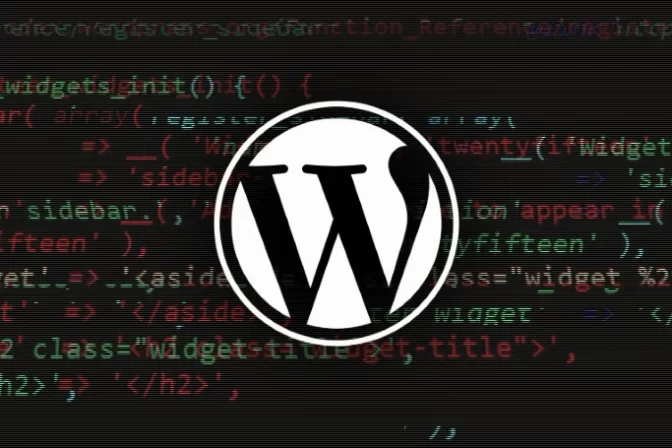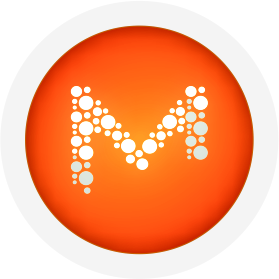In today’s tech-driven world, full-stack developers are in high demand. With skills in both front-end and back-end development, full-stack developers work across a product’s entire architecture—from user interface (UI) design to core server functions. If you’re looking to embark on this versatile career path, here’s a roadmap to guide your journey toward becoming a well-rounded full-stack developer.
- Get Familiar with Web Development Basics (HTML & CSS)
- HTML (Hyper-Text Markup Language) is the foundation of every web page. Start with semantic HTML to create content that’s accessible and optimized for search engines.
- CSS (Cascading Style Sheets) brings the design to life. Explore how to style layouts and use animations to create visually engaging pages.
- JavaScript Essentials
- JavaScript is the heart of dynamic web content. Begin with fundamentals like variables, functions, and DOM manipulation to build interactive elements.
- ES6+: Familiarize yourself with modern JavaScript features, such as arrow functions, destructuring, and template literals for cleaner, more efficient code.
- Understand Front-End Frameworks and Libraries
A good command of JavaScript unlocks a range of powerful tools that can make front-end development easier.
- React: React, a popular JavaScript library, enables efficient, component-based UI development. Learn core concepts like components, props, state, and the context API.
- Additional Frameworks:
- Vue.js – Known for simplicity and flexibility, Vue is great for beginners and integrates well with existing projects.
- Angular – Supported by Google, Angular is ideal for building robust, large-scale applications.
- Understand Server-Side Programming
Once you’re comfortable with front-end skills, it’s time to explore the backend, where you handle data, logic, and server communication.
- Backend Languages:
- JavaScript (Node.js) – Lets you work with JavaScript on the backend, popular for web applications.
- Python (Django/Flask) – Known for readability, Python is perfect for web development and data science.
- Java (Spring Boot) – Java’s reliability and performance make it a top choice for enterprise applications.
- APIs and RESTful Services: Master API creation and integration to enable communication between front end and backend, using RESTful design principles and HTTP methods like GET, POST, PUT, and DELETE.
- Build Database Skills
Understanding how to store, retrieve, and manage data is crucial for a full-stack developer.
- SQL Databases:
- MySQL and PostgreSQL are common relational databases that use SQL (Structured Query Language) for structured data storage and retrieval.
- NoSQL Databases:
- MongoDB – Ideal for handling unstructured data, MongoDB uses JSON-like documents, making it a great choice for web applications.
- Version Control with Git
Git is essential for managing code changes and collaborating effectively with others.
- Start with Git basics: creating repositories, committing changes, branching, and merging.
- Use platforms like GitHub and GitLab to host code, manage projects, and work with teams.
- Deploy and Manage Applications
Deploying and managing applications is key to delivering software that works in real-world environments.
- Hosting and Deployment:
- Heroku – Beginner-friendly, suitable for smaller projects.
- Vercel and Netlify – Great for static and front-end applications.
- AWS, Google Cloud, and Microsoft Azure – Advanced platforms for comprehensive, scalable deployment.
- Containers:
- Docker allows you to create containerized applications, simplifying deployment across various environments.
- Embrace DevOps and CI/CD Practices
Streamline the deployment process with CI/CD (Continuous Integration and Continuous Deployment) tools.
- Tools like Jenkins, GitHub Actions, and CircleCI automate testing and deployment.
- Explore Infrastructure as Code (IaC), a key concept for managing complex environments.
- Build Projects and Practice
Practical experience is crucial. Work on projects that demonstrate your skills and deepen your understanding.
- Project Ideas:
- Blog Platform – Use a front-end framework and implement CRUD operations.
- E-commerce Store – Build an online store with payment integration and product management.
- Social Media App – Create a platform for profiles, following, and posting content.
- Keep Learning and Stay Current
Tech evolves quickly, so commit to continuous learning. Read tech blogs, join forums, and connect with developer communities.
In conclusion, becoming a full-stack developer is a journey of learning, building, and problem-solving. By following this roadmap, staying curious, and consistently working on projects, you’ll build the skills and confidence needed to create complete, functional web applications. Take your time, explore, and dive into real-world projects to thrive in this exciting field.
Seize the opportunity to enroll in our Full-Stack Web Development Training Course TODAY!











